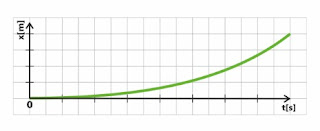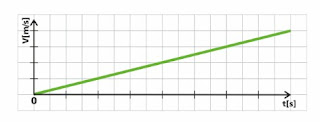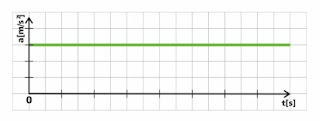Uniformly Acceleration Motion
Anoop Kumar Sharma
October 30, 2016
Position
Position in the uniformly accelerated motion depends on the initial position of the object x 0 v 0 a

The position of an object during uniformly accelerated motion can be described as:
x ( t ) = x 0 + v 0 t +
[ m ]
where:
x 0
v 0
a
t
where:
Velocity
Velocity in the uniformly accelerated motion depends on the initial velocity of the object v 0 a

The velocity of an object during uniformly accelerated motion can be described as:
v ( t ) = v 0 + / − a t [
]
where:
v 0
a - acceleration the object
t - time of the movement
where:
a - acceleration the object
t - time of the movement
Acceleration
Acceleration is defined as the rate of change of velocity with respect to time, in a given direction. The SI units of acceleration are m s 2 m s 2 m s

The average acceleration of an object during uniformly accelerated motion can be described as:
a ś r ( t ) =
[
]
where:
v ( t ) t
v 0
t
t 0
The instantaneous acceleration can be found by differentiating position with respect to time twice or differentiating velocity with respect to time once:
a ( t ) =
=
(
) =
[
]
where:
The instantaneous acceleration can be found by differentiating position with respect to time twice or differentiating velocity with respect to time once:
Uniformly Acceleration Motion
 Reviewed by Anoop Kumar Sharma
on
October 30, 2016
Rating:
Reviewed by Anoop Kumar Sharma
on
October 30, 2016
Rating:







